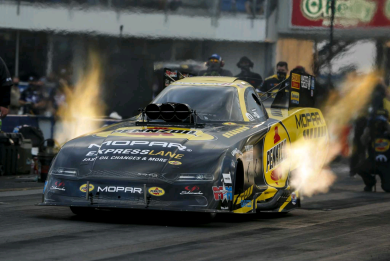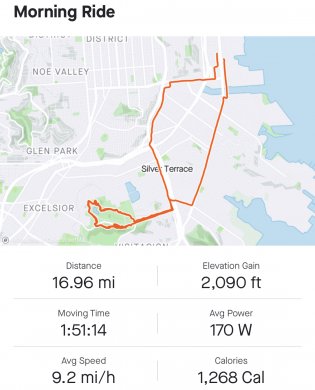RickBullotta
E*POWAH Elite World Champion
I thought, "5.0 V10 TDi, this is going to go a bit". I could not believe how slow and clumsy they are.
The factory in Dresden is super cool though. Had a chance to visit a couple of times when I worked for SAP.

